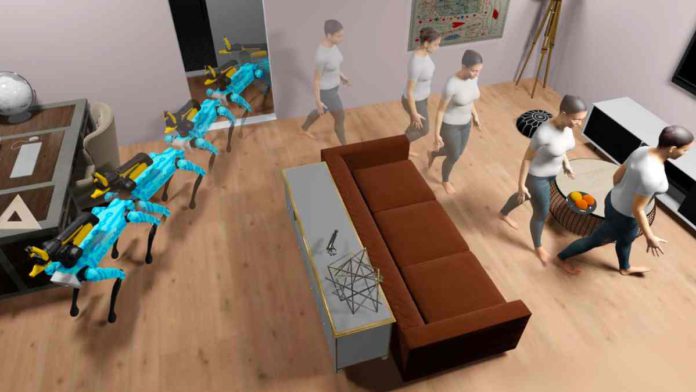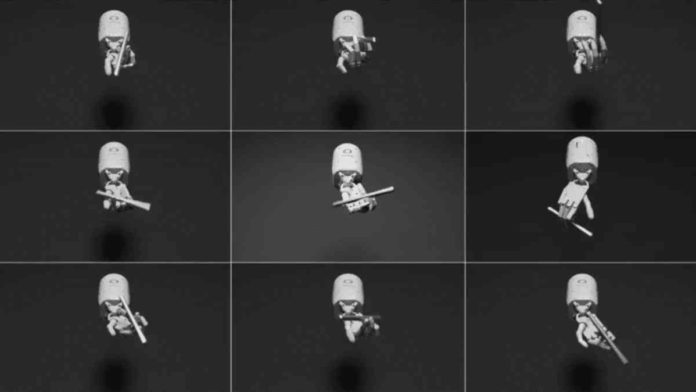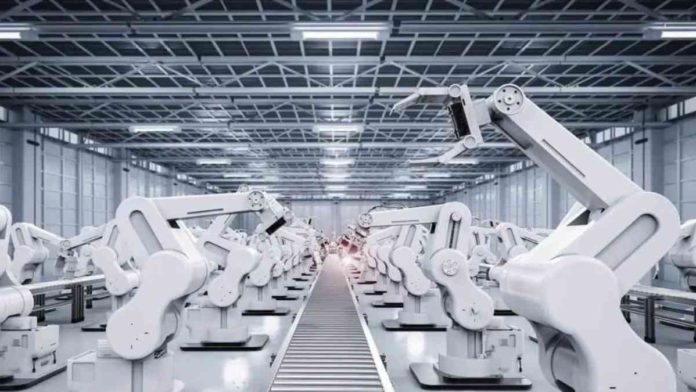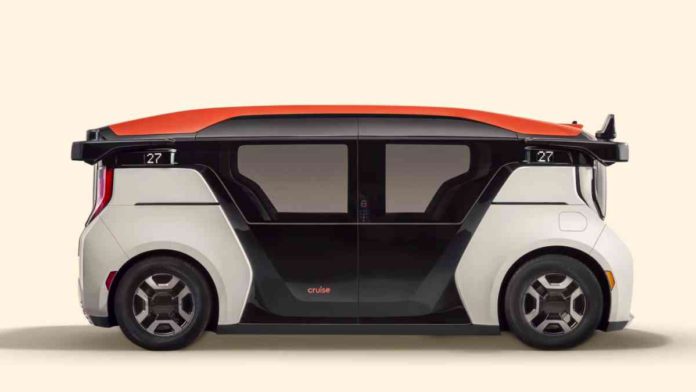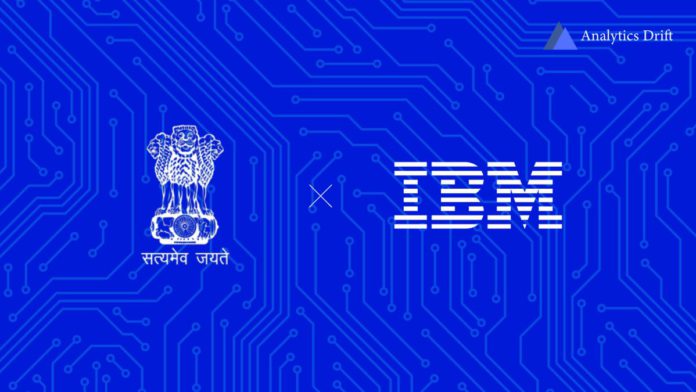Amazon Ads has launched a new generative AI tool in beta to help advertisers improve their ads performance.
According to Amazon executives, creating captivating and authentic advertising content might be costly, often needing additional expertise, something that small-scale advertisers need help with. Keeping this in mind, Amazon wants to help advertisers with their ad campaigns by incorporating the new image generation tool within their system.
Colleen Aubrey, senior vice president of Amazon Ads products and technology, says their new image generator is simple and easy to use and, at the same time, gives better outcomes. He further states that not only would advertisers benefit from it, but customers would also see more “engaging and visually rich” ads.
Read More: Amazon Launches New Generative AI Service Bedrock
All an advertiser needs to do is go to the Amazon Ad Console, choose their product, and click “Generate.” Using generative AI, this tool promptly produces a collection of lifestyle and brand-focused images tailored to the product specifications.
These images can be further enhanced by inputting concise text prompts, allowing for the rapid creation and testing of multiple versions to fine-tune performance optimization.
Amazon also claims that products showcased in a lifestyle context can achieve a 40% increase in click-through rates compared to advertisements featuring typical product images.




